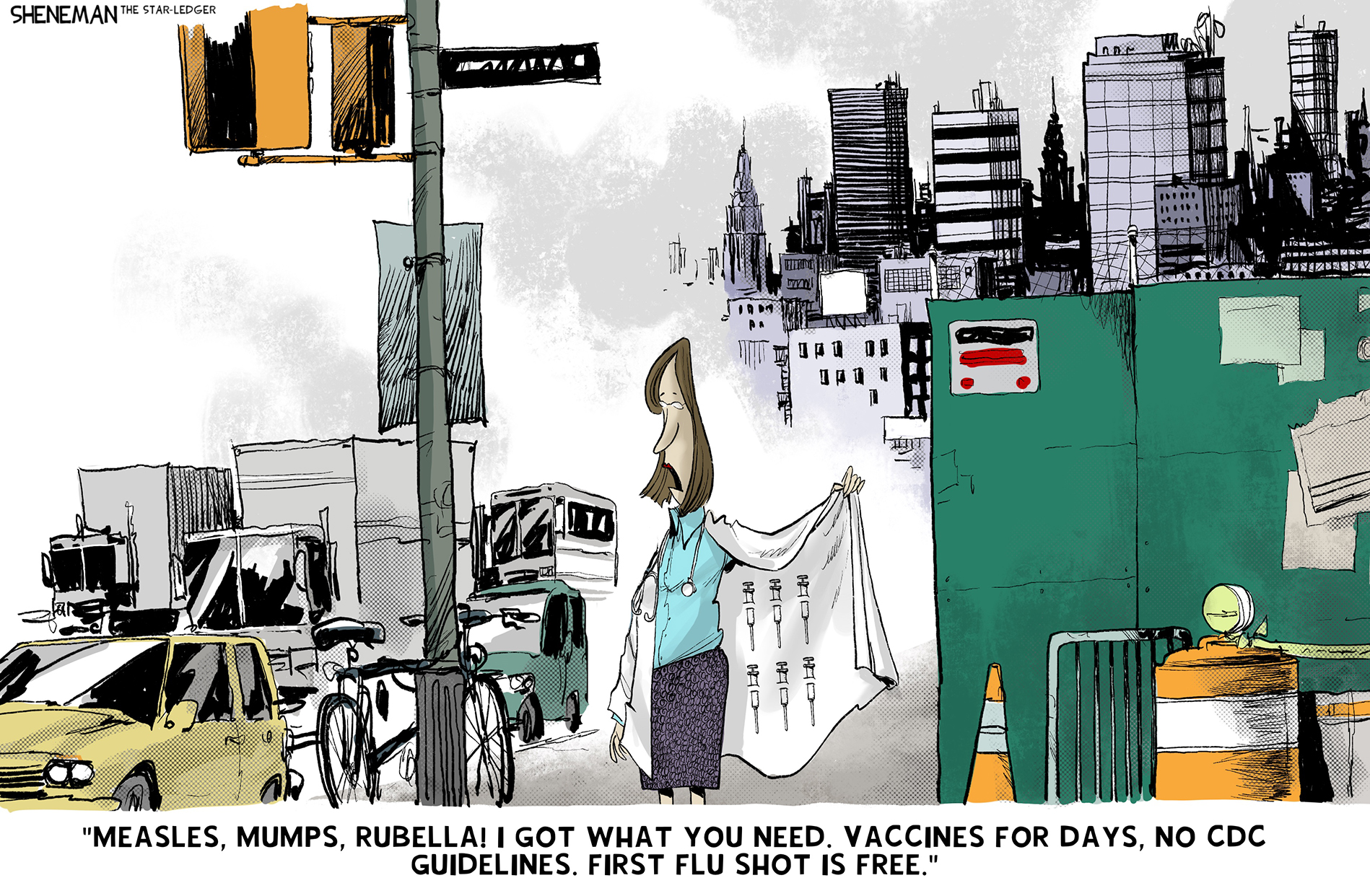What to do if your home is at risk of flooding
How to prepare and tips for repairing the damage in the aftermath

The return of rain to Britain’s parched lands may have many homeowners worrying about the potential threat of flooding.
Around five million people in the UK are vulnerable to flooding each year, according to the Commons Environment, Food and Rural Affairs Committee.
Flash floods are particularly common in Britain. Defined as a “sudden flood event”, flash floods are “normally strongly localised and associated with extreme showers or thunderstorm activity, when high rates of precipitation occur in a short period of time”, says Weather Online.
The Week
Escape your echo chamber. Get the facts behind the news, plus analysis from multiple perspectives.

Sign up for The Week's Free Newsletters
From our morning news briefing to a weekly Good News Newsletter, get the best of The Week delivered directly to your inbox.
From our morning news briefing to a weekly Good News Newsletter, get the best of The Week delivered directly to your inbox.
Here we look at what you can do to protect yourself if your home is at risk.
How to plan for a flood
First off, develop an emergency plan for your household. Flood consultant Mary Dhonau told the BBC that the most important thing is to decide where children and elderly relatives could stay and to discuss it with everybody involved.
If you’re caught off-guard by flooding, Dhonau says, turn off all the electrics and gas and move any electrical items to safety. Store as many of your possessions upstairs as possible, and move furniture away from the walls.
A free daily email with the biggest news stories of the day – and the best features from TheWeek.com
Tie up curtains in knots so they do not hang close to the floor, and move your car to higher ground. If there is time, gaffer tape some polythene sheeting to the house too.
Most importantly, she adds, if the emergency services tell you to leave your home “then do as you’re told”.
Should you use sandbags?
It is commonly thought that sandbags protect homes from advancing waters. But some experts warn that laying out sandbags may not be the best way to prepare for a flood, according to the BBC.
The Environment Agency says that sandbags are “ineffective for groundwater flooding” and suggests using “flood boards” instead to block doorways and air brick covers.
What to do after the flood
If your property is flooded, the most important thing is to look for alternative accomodation as soon as possible, especially if there is likely to be high demand from other waterlogged homeowners.
Once it is safe to return to your home, call your insurers as soon as possible and begin collecting evidence for your claim, says Dhonau. Take photos of everything, down to the contents of your fridge and freezer.
To speed up the drying process, open all your windows and “cut up your carpet and throw it away”, says the BBC, although “make sure you keep a sample for your insurance claim”.
Finally, be aware of hazards in the water, from physical obstacles to invisible dangers. Do not to touch anything in a flooded area without wearing gloves, as you could be at risk of contracting an illness from the untreated water.
-
 Political cartoons for December 9
Political cartoons for December 9Cartoons Tuesday's political cartoons include black market vaccines, FIFA prizes, and drone deliveries
-
 How dangerous is the ‘K’ strain super-flu?
How dangerous is the ‘K’ strain super-flu?The Explainer Surge in cases of new variant H3N2 flu in UK and around the world
-
 Who is The Liz Truss Show for?
Who is The Liz Truss Show for?Talking Point Former PM’s new weekly programme is like watching her ‘commit a drive-by on herself’